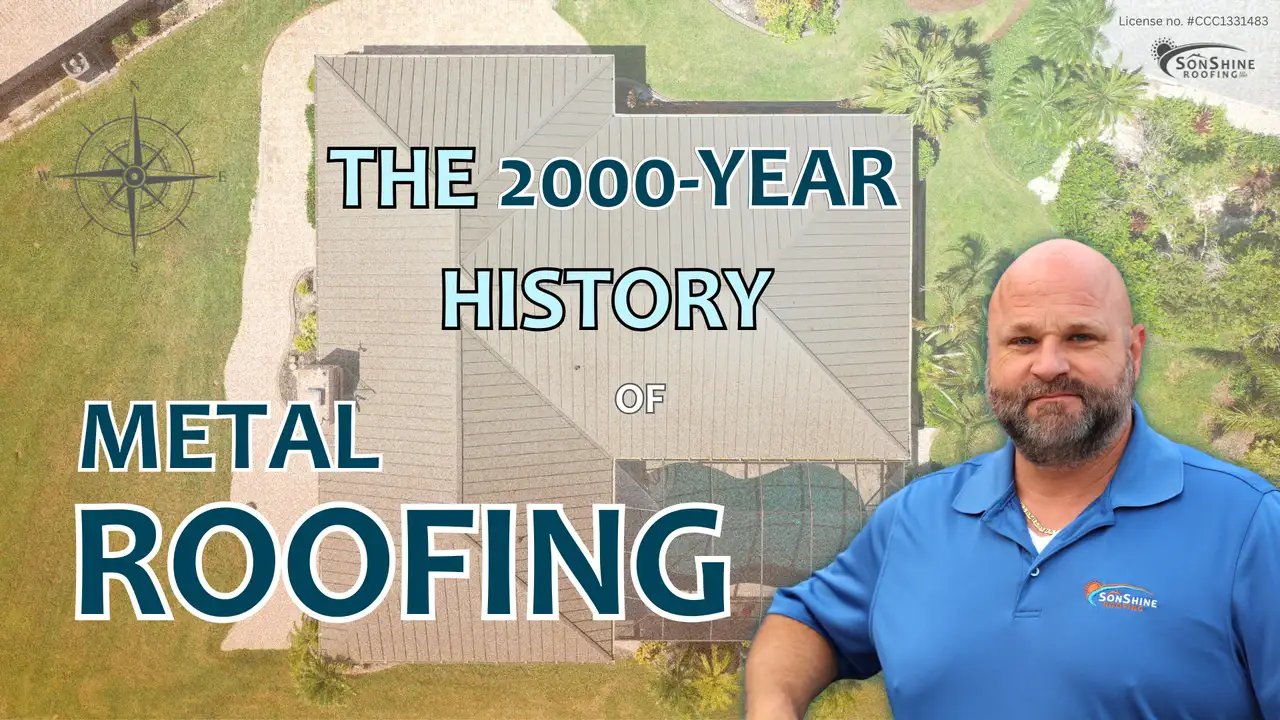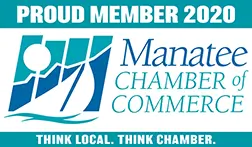What Is Green Roofing? 4 Meanings Every Sarasota Homeowner Should Know
These days, lots of homeowners are inquiring about “green roofing.” Ask a dozen people what that means and you’ll likely get a dozen different answers. That’s because the term “green roof” can refer to color, energy efficiency, sustainability, or even rooftop gardens. Let’s break it down.
1. Green Roof Materials
Sometimes “green roofing” simply refers to the color of your shingles or metal panels. Since your roof accounts for roughly 50% of your home’s exterior, color choices can significantly impact curb appeal.
Darker colors typically contrast and accent windows, doors, and trim. Lighter shades can simplify the appearance of complex rooflines, making your home appear larger and more inviting. This kind of aesthetic design choice contributes to long-term home value and marketability.
2. Living Roofs and Roof Gardens
Another type of green roof is a vegetative or living roof. These involve rooftop gardens, grasses, or even trees. Benefits include improved insulation, stormwater absorption, reduced urban heat, and beautiful aesthetics.
However, these systems require complex waterproofing, root barriers, and structural support. They are expensive and often impractical for Florida’s typical residential construction—but are a growing trend in urban design.
3. Eco-Friendly and Energy-Efficient Roofing
When most Sarasota homeowners talk about green roofing, they mean energy efficiency. Roofs that are well-ventilated and insulated can drastically lower cooling costs in Florida’s hot, humid climate.
Be sure your contractor installs proper ridge vents and intake systems to promote airflow and reduce attic heat buildup. SonShine Roofing always incorporates energy-efficient design in our roof replacements to save homeowners money and reduce carbon emissions over time.
4. Durability = Sustainability
The longer a roof lasts, the less waste ends up in landfills. Unfortunately, many roofs are replaced prematurely—often within 12–15 years—due to poor installation, cheap materials, or neglect.
Common culprits include:
Improper workmanship
Inferior roofing nails
Lack of preventative maintenance
Unnecessary roof replacement recommendations instead of a simple repair
When quality roofs are prematurely torn off, perfectly good materials are wasted. That’s the opposite of green.
Final Thoughts on Green Roofing
Green roofing can mean different things—color, energy savings, eco-friendly materials, or simply keeping your current roof in good shape for as long as possible. Whatever your goal, SonShine Roofing can help guide you through your options.
We believe a roof that protects your home and lasts decades—while also saving energy and reducing waste—is the greenest roof of all.
Click here to schedule a roof inspection and find out how your roof can go green the smart way.













